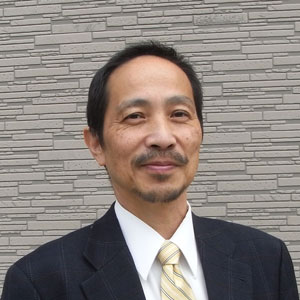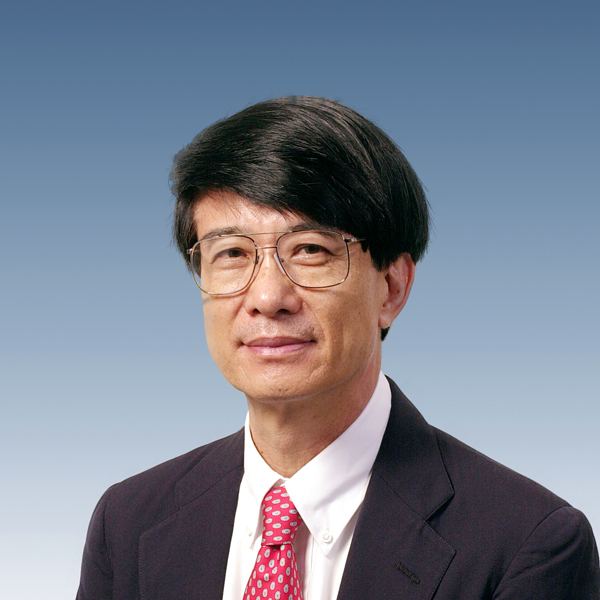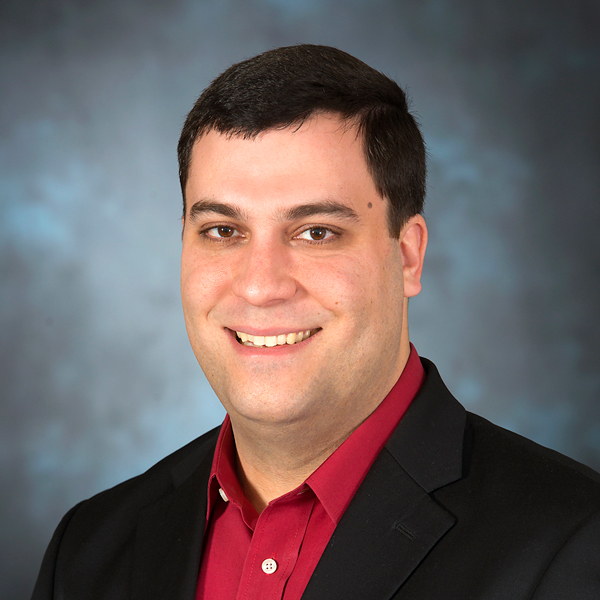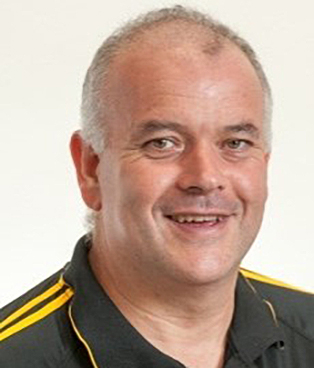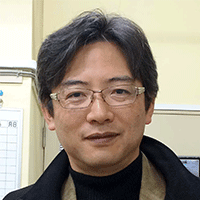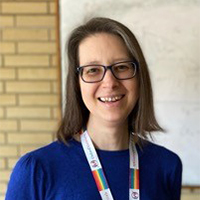
- HOME
- Plenary Speakers
Plenary Speakers
Akira Fujimaki is a Professor of Department of Electronics, Graduate School of Engineering, and a vice president in charge of education at Nagoya University. He has devoted himself to research related to high-speed or energy-efficient superconductor digital circuits including physics in Josephson networks and high-performance cryogenic systems. He has also studied novel devices giving new functionalities in the superconductor circuits. He is currently interested in integrated circuits based on ferromagnetic π-phase-shifted Josephson junctions (π-junctions) because the combination of conventional and π-junctions produces new physics and extraordinary effects on the circuits.
Dr. Paul C. W. Chu is currently serving as Professor of Physics, T. L. L. Temple Chair of Science,
and Founding Director and Chief Scientist, Texas Center for Superconductivity at the University of Houston. He is President Emeritus and University Professor Emeritus, Hong Kong University of Science and Technology, and Honorary Chancellor, Taiwan Comprehensive University System.
He has been an undisputed world-leader in high temperature superconductivity research since his breakthrough in achieving superconductivity above the liquid nitrogen boiling point, and he remains the high-temperature record holder in non-hydrides. He has received numerous awards, including the National Medal of Science from President Reagan, and has been elected to prestigious national academies of the US and other countries.
Dr. Rafael Fernandes is a Professor at the School of Physics and Astronomy of the University of Minnesota, where he has been a faculty member since 2012. Before that, he held a postdoc position in the Ames Laboratory and a joint postdoc position in Columbia University/Los Alamos National Lab. He received his Ph.D. in 2008 from the University of Campinas, in Brazil. Fernandes is a condensed theorist whose primary interest is on the microscopic understanding and modeling of the collective behavior of electrons in quantum materials, aiming at establishing a clear relationship between their microscopic behavior and their macroscopic properties. To achieve this goal, he relies not only on the theoretical methods from quantum statistical mechanics and many-body theory, but also on the invaluable empirical information obtained from a variety of experimental techniques. Among other topics, Fernandes has given important contributions to the elucidation of iron-based superconductors, with special emphasis on the role of their electronic nematic properties. More recently, he has also worked on superconducting twisted moiré systems and superconducting kagome metals. He is a Fellow of the American Physical Society, a Mercator Fellow, a former McKnight Presidential Fellow, and a former recipient of the Cottrell Scholar Award.
Professor Rodney A. Badcock was born in Cambridge, U.K., in 1969. He received the B.Sc. degree in physics with electronics from the University of Leeds, Leeds, U.K., and the M.Sc. and Ph.D. degrees in manufacturing and materials engineering from Brunel University, England, U.K.
He has 30 years research experience in applied R&D covering manufacturing process monitoring and control, materials sensing, and superconducting systems. Since 2006, he has concentrated on superconducting machines, and production and machines for General Cable Superconductors at the Robinson Research Institute, Victoria University of Wellington, Lower Hutt, New Zealand. He is currently the Institute Deputy Director, Chief Engineer, Professor and specializes in the management of complex engineering projects, including customer-focused multidisciplinary programmes. He is particularly known for the development of the superconducting dynamos for electric machines and the NZ MBIE programme developing aircraft superconducting electric propulsion technology. Rod is recognized as one of the leading experts in the application of superconducting dynamos and cables to electric machines and translating high temperature superconductivity into commercial practice.
Dr. Badcock was a key member of the team awarded the Royal Society of New Zealand Cooper Medal in 2008 for the development of high-temperature superconducting cables for power system applications including 1 MVA transformer, 60 MW hydro generator, and 150 MW utility generator.
Satoshi Awaji is a professor/director at High Field Laboratory for Superconducting Materials (HFLSM), Institute for Materials Research, Tohoku University. He is an experimental scientist on superconducting materials research and high field magnet with experiences in the physics of superconducting materials and also in technology of high field superconducting magnets. His specialty areas of expertise are critical currents of practical superconducting wires/tapes and (cryogen-free) superconducting magnets with high temperature superconductors and Nb3Sn. He is mostly involved in the understanding the flux pinning mechanism of practical superconducting materials and in the developing the high field cryogen-free superconducting magnets, as well as managing the user program of the HFLSM.
Susie Speller is a Professor of Materials Science at the University of Oxford and a Fellow at St Catherine’s College. She has spent over 20 years researching superconducting materials in Oxford, originally working on high temperature cuprate superconducting thin films for microwave device applications, before diversifying into a wider range of superconductors including coated conductors, iron-based superconductors, low temperature superconductors and MgB2. In collaboration with industrial partners, recent projects have included the development of superconducting joints for MRI and NMR applications, bulk superconductors for compact magnet applications and radiation damage of coated conductors for fusion magnets. Susie is currently Letters Editor of Superconductor Science and Technology and has recently written a book called “A Materials Science Guide to Superconductors: and how to make them super,” aimed at introducing superconductors materials to the general public.
